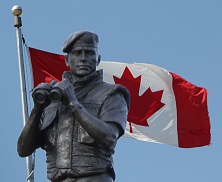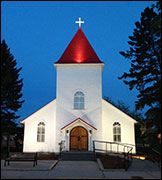True and Fascinating Canadian History
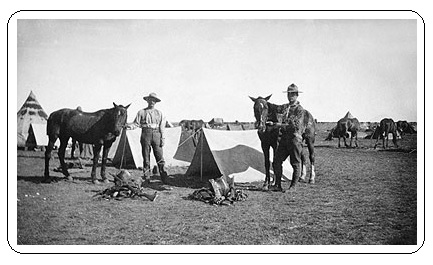
Vet of the Month: February, 2017
Superintendent Gilbert Edward Sanders
RCMP Vets. Ottawa, ON
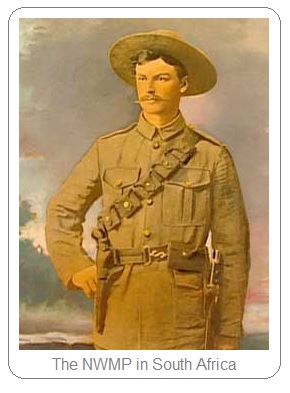
Gilbert Edward Sanders demonstrated promise and the high probability of an exciting life beginning at a very early age. Over the years, he lead a very diversified, exciting, professional and colourful life.
Although he said that he was never sure of the exact year of his birth, Edward Sanders was actually born in Yale, BC on Christmas Day, 1863. He received his early education in England, and from the start, he took a keen interest in his personal development. He succeeded in schooling at a time when other men were more interested in developing skills which were generally more important and more accepting in a male dominated society such as horseback riding, farming and business dealings.
Edward Sanders was attentive to school and he received good grades, and he soon realized that he wanted to continue higher level studies along a military vein. His interest in further studies took him to Kingston, Ontario where he attended the prestigious Royal Military College (RMC).
The military education at RMC moulded his mind and his body while at the same time the experience prepared him to lead other men in times of war and conflict. He soon concluded that leadership was in style in any season. It was at RCM too that he made fast friends for whom he would remain loyal his entire life. He knew, for instance, that other men like himself had successfully migrated to the North West Mounted Police (NWMP). Sanders successfully graduated from RMC in 1884 and by this time he was firmly convinced that his future career would primarily be a life along military lines.
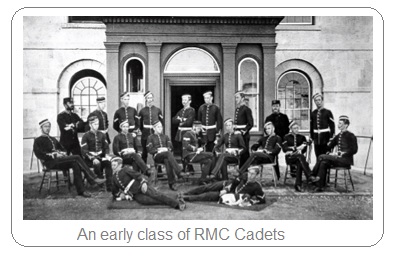
After RMC, Edward Sanders applied for a position in the North West Mounted Police (NWMP) and on September 1, 1884he was appointed an Inspector. In the years to come, the Canadian frontier would be affected in no small measure by the long career and the influence of Inspector Sanders. But first, trouble was already brewing in Western Canada.
Inspector Sanders accompanied Commissioner Irvine and his party from Regina to the scene of the Northwest Rebellion on March 18, 1885 at Carlton and at Prince Albert, SK. -- the in-country conflict has often been described as a violent, three-month insurgency against the Canadian government, fought mainly by Métis militants and their Aboriginal allies in what is now Canada's two provinces: Saskatchewan and Alberta. Its leader, Louis Riel, became a permanent symbol of language, religious and racial divisions in Canada. In the midst of the conflict, Sanders escorted an unruly group of prisoners back to Regina, and he was duly awarded a medal for successfully accomplishing the difficult task. His life's calling was set -- he had found sufficient excitement which was also accompanied by a strong sense of security. It was all contained within the ranks of the NWMP.
In October 1887, Inspector Sanders was sent to the International boundary to take custody and control of a large group of Aboriginals who were returned to Canada by US authorities, and in November 1887 he wasrequired at the US border again to arrest the McLeish murderers from Benton, Montana.
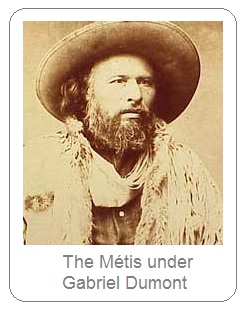
For a spell, Sanders served at Maple Creek, SK., and in 1890 he was posted to Medicine Hat, AB. In 1891, he commanded the Macleod district along with another NWMP Officer of note and fame: Sam Steele.
Edward Sanders was promoted to Superintendent on July 1, 1889, and it was during this time frame that he was involved in several exciting events including the manhunt for Charcoal, the murderer of NWMP Sergeant W. B. Wilde. Sanders was also present during the construction of the railway between the Crow's Nest and Kootenai Lakes. Men employed on the railway were restless beings, and Sanders was handed precious little time to think or to sleep.
When war broke out in South Africa, Sanders volunteered to command the NWMP's 'D' Squadron. He did not leave the NWMP entirely when he served in South Africa, but like all members of the NWMP who served in the conflict, he was granted "a leave of absence" without pay. Later, he was appointed a Lieutenant Colonel and Second in Command of the Unit. While in South Africa, Superintendent Sanders nearly met death, and the leadership skills which he had learned at RMC were tested to the fullest.
On September 5th, 1900 Lieutenant Colonel Sanders along with 125 other men were responsible for guarding a railway line at Middleburg, South Africa. Suddenly, his Troops were attacked by the Boers. He and his troops managed to beat the Boers off but, Sanders along with O.66 John Douglas Moodie also of the NWMP were both wounded in the process.
Two months later, Sanders was wounded a second time in a battle in the Koomati Valley. In the meantime, he was Mentioned in Dispatches (MID's), and for his conspicuous gallantry under heavy fire he was awarded the D.S.O. As well, he was awarded the Queen's Medal with four clasps. In 1904, the prefix "Royal" was conferred on the NWMP by King Edward VII in recognition of the distinguished service by the many men of the NWMP, including Superintendent Sanders, who served with honour in the South Africa War.
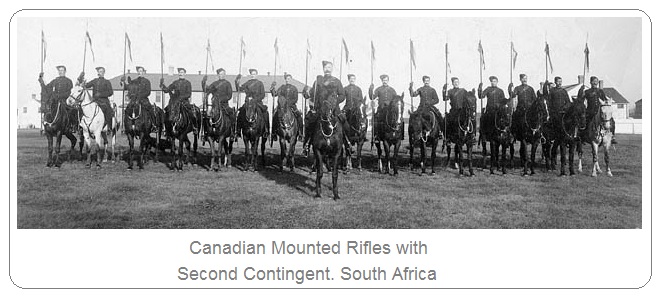
After the War, he returned to Canada, and he was given command of the Calgary district. He remained inCalgary until 1906. His next posting took him to Athabasca Landing, and he remained there until his retirementon March 1, 1912.
After retirement from the NWMP, Sanders was appointed as a Police Magistrate in Calgary. Throughout hislengthy term as a Magistrate, he was widely reputed to be person of wisdom, justice and impartiality. And then more war. In 1915, he enlisted with the RNWMP's 'B' Squadron which was dispatched to Siberia. He received the CMG for his service in WWI.
After WWI, Sanders resumed his role as the Police Magistrate in Calgary -- a distinguished position he held for a total of twenty one years.
Perhaps Superintendent Sanders is not as well known within Canadian history circles as some of his contemporaries in the NWMP such as; Herchmer, Steele and Constantine, but overall it can be said that he experienced an amazing and a highly profitable career -- it was an exciting mixture of danger, diversity and honour. It was the only career which he had ever hoped for.
Superintendent Sanders died at the age of 91 years in 1955. He was buried in the Union Cemetery, Calgary, AB.
Reporting from Fort Healy,
J. J. Healy
February 23, 2017
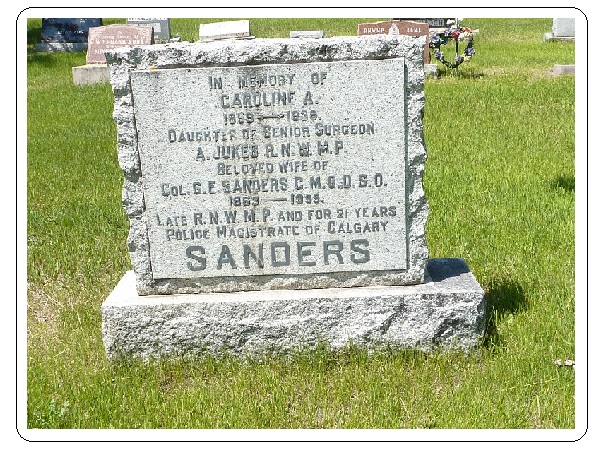
Some specific details for this short piece were summarized from Superintendent Sander's obituary which can be found in The Quarterly. Summer. 1955. V21(1).
A short overview of the life and times of Gilbert Edward Sanders can also be found in The Quarterly. Spring. 1941. V8(4). p. 458.

